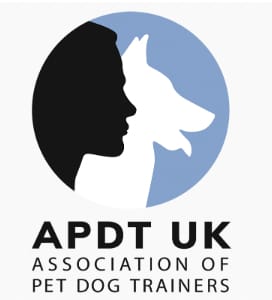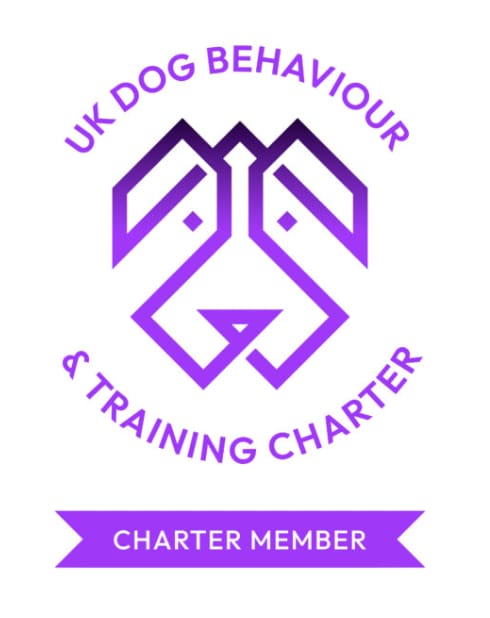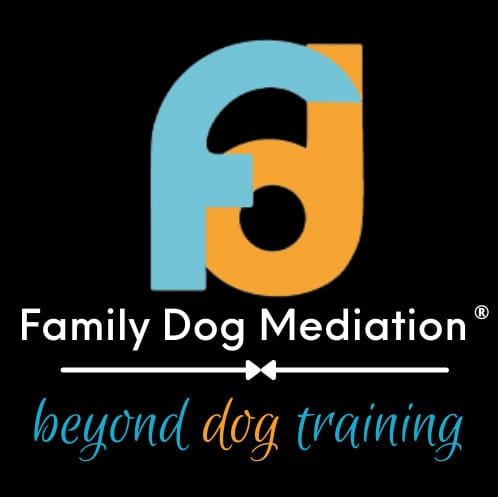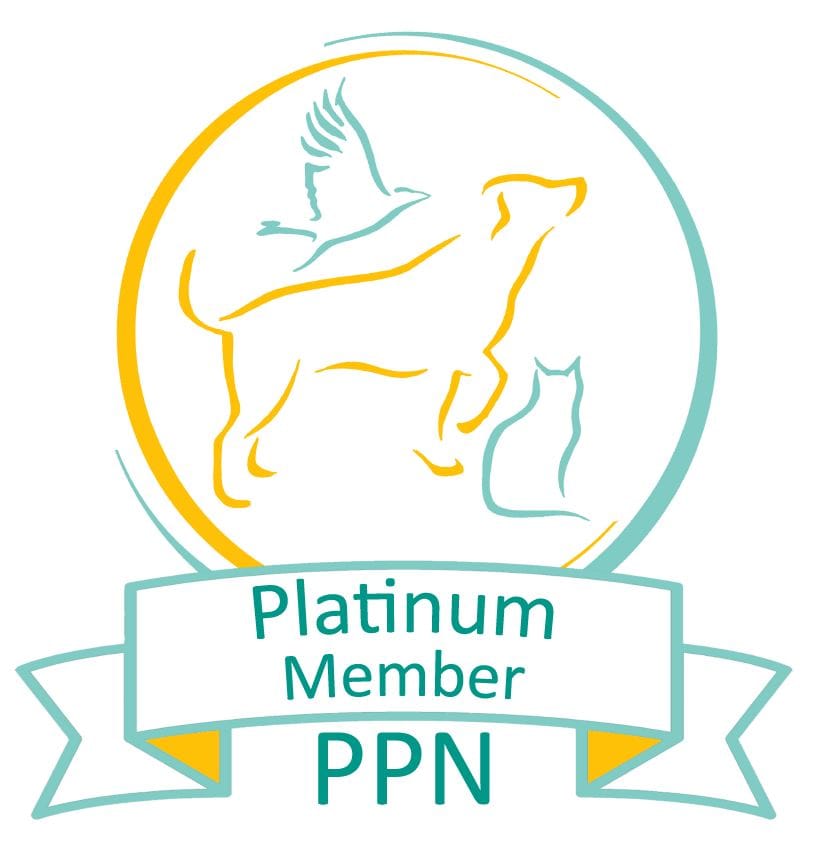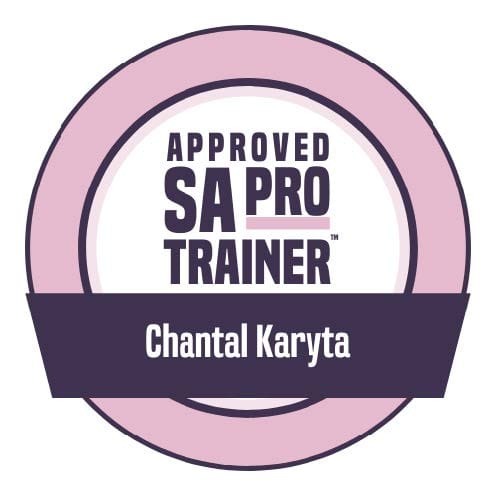What Are the Best Treats for Dog Training?
18/06/2021 - Blog
All of the dog training at CK9 is reward based. Which means that when your pup does the right thing - he gets a treat. But are the best treats for dog training? Chantal offers some guidance.
A treat for you dog is something that brings joy to them. Something that fires up the neuroreceptors in their brain and helps them to associate what just happened with a whole lot of pleasure.
For you or me, a treat can be delayed. For instance - If I have a really good training session with my young collie, Spirit, I might congratulate myself with an extra nice evening meal. For dogs, however, we don’t think they have the language skills to understand sentences like “well done for not chasing that squirrel 4 hours ago - here’s a juicy bone as a reward”.
When we’re training our dogs, there has to be a really strong association between the behaviour and the reward. In other words, the reward needs to be instant. So, it follows that, the best treats for dog training are easily portable, simple to deliver and can be enjoyed in an instant so that you can get back to training.
My suggestions for the best treats for dog training
- Your voice! Using a marker word with an enthusiastic tone is a fabulous treat and you can use it anywhere.
- A cuddle - who doesn’t love a cuddle?
- Regular dog kibble
- Pieces of cheese
- Chopped carrot
- Chunks of cooked chicken
- Home made dog treats
- A favourite toy
Do different treats have different meanings for dogs?
You may hear your dog trainer talking about “high value treats”. Value in this case doesn’t refer to the cost…..it’s about how much the reward means to your dog.
Think about the human system of rewarding ourselves and each other for a task well done. Our treats can be anything from a certificate or a thank you card, to a meal out, a sum of money or a wonderful gift. You might give a small child 50p for unloading the dishwasher, or treat a loyal employee to a spa day for winning a million pound contract. The value of the treat is usually relative to effort and achievement.
Dog’s don’t have a lot of use for spa days. But in dog training, there definitely seems to be a link between what the trainer is asking and how valuable the reward is to the dog. We need to help the dog’s brain build neural pathways associating a behaviour with a reward. The bigger the challenge the dog’s brain needs to overcome, the better the reward should be.
To reward an established behaviour - for example a “sit” or a retrieve from a dog that knows exactly what its doing - I might offer a piece of kibble as a reward. BUT, if I’m taking a puppy to the vet for the first time, I want him or her to think the vet’s surgery is the best place ever. So I’ll be rewarding with their favourite things…..lots of verbal praise reinforced with chicken chunks usually does it.
How do I know which treats my dog will like the best?
Dogs are like us - they all have different tastes when it comes to treats and rewards. I like crisps, my other half likes chocolate.
A really good way to discover what your dog likes is the “which hand” test.
Choose a moment when you and your dog are both relaxed and there are no distractions for either of you.
You’ll need a piece of paper, a pen, and some generous sized bowls of different treats. You might have one bowl with kibble, one with diced carrot, one with cheese chunks, one with pieces of cooked chicken and a couple of bowls containing different home cooked treats.
Write yourself a list of treat combinations - eg chicken vs kibble, carrot vs cheese, cheese vs chicken and so on.
For each combination on your list, pop one of the treats in each hand and make your hands into loose fists. You might have kibble in your left hand, cheese in your right.
Offer your closed hands to your dog. Let them have a good old sniff and see which hand they’re most attracted to. Let them eat that treat and write down their choice.
Work your way through the list and by the end of it, you’ll probably be able to put the treats in order of value for your pup.
What’s really fun to do - if you have more than one pet - is to see how different their tastes are. Maybe compare notes with other dog owners too.
What if my dog is not food-orientated?
Not every dog gets excited about food. The exercise I described in the last paragraph will help you to discover if there is a food that your pooch would enjoy as a reward. But if not, then there are all sorts of alternatives to food treats.
The best treats for dog training will give your pet a quick burst of happy hormones without pushing them over the edge and making them too excited. So, for example, if your dog likes playing with a ball, see if you can toss them a ball as a reward, but take it off them before they get hyper-aroused.
If you need help to decide which treats are best for training YOUR dog, don’t be shy - get in touch with the CK9 dog training team who will be pleased to help you work it out.
Will all these treats make my dog fat?
When you start reward based dog training it really does feel as though you are giving out a lot of dog treats. However, as training progresses, and neural pathways are built, you will find that you can reduce the number of food treats you use.
In the short term, consider reducing the size of their meals so that they still get the correct calorie intake for their size and lifestyle. Watch out for sensitive tummies too - you may need to experiment with treats to see which ones are best for your dog’s digestion.
Check out our dog training FAQ’s for more advice on reward based training, dog treats and canine behaviour.
